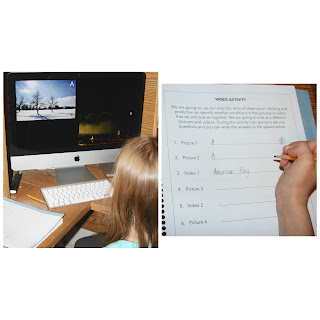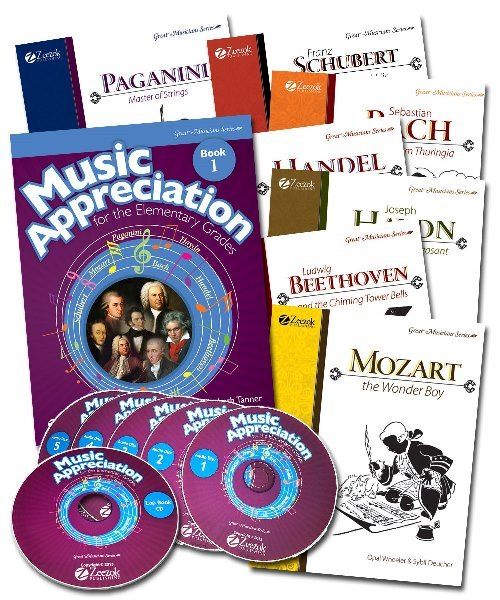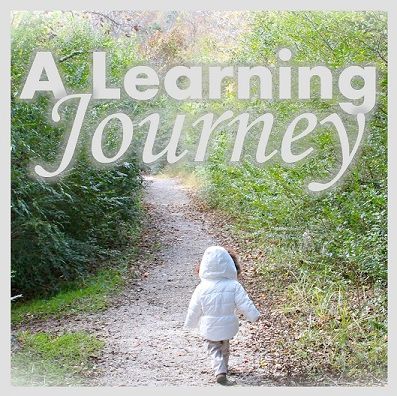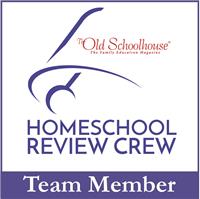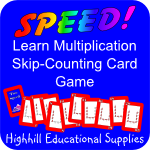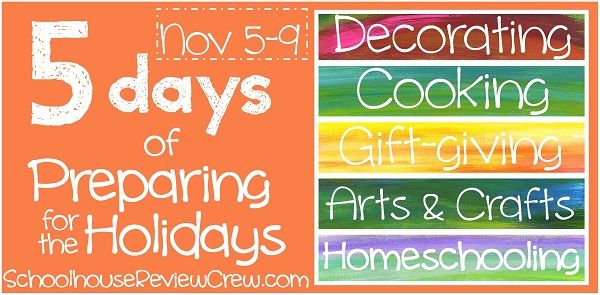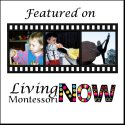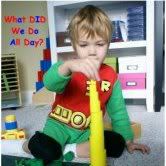We've been learning an enormous amount about
Franz Schubert using our new review product,
Music Appreciation Book 1: for the Elementary Grades published by
Zeezok Publishing LLC. This homeschool music program is geared towards elementary-aged children in grades K-6th. I am a non-musical person and needed a homeschool curriculum that was easy-to-use. Prior to Zeezok Publishing LLC, Alyssa's Music Education sorely lacked and basically consisted of weekly piano lessons. I have no background experience or knowledge teaching music so I will be learning alongside Alyssa. I am
extremely thankful for the Music Appreciation Book 1: for the Elementary Grades curriculum. In the past, teaching music intimidated me.
What We Received
Biographies
A physical copy of the book for each composer was sent. The printed books are the core of the program. I'm so thankful that I don't have to track down library books for composer studies. Everything is already planned and done for me. The hardcover 124-page book titled,
Franz Schubert and His Merry Friends was written by Opal Wheeler and Sybil Deucher. The illustrator, Mary Greenwalt, filled the pages with relevant black-and-white illustrations. The other paperback biographies were thick softcover books.
Each study covered the composer's early childhood years through adulthood including life's difficult obstacles leading up to the composer's death. It addressed the composer's life, his works, historical facts, character qualities, and historical time period information. Did you know that Schubert's father turned him away when he returned home with poor grades? The poor, young boy had to walk all the way back to Convict and missed the family concerts. Alyssa was shocked! She was also amazed by the length of time the composers practiced playing. I am hoping this will encourage her to practice piano a little longer.
List of Composers Addressed from The Great Musician Series
Seven composers from 1685 through 1828 are featured in this curriculum.
- Sebastian Bach, The Boy From Thuringia
- Handel at the Court of Kings
- Joseph Haydn, The Merry Little Peasant
- Ludwig Beethoven and the Chiming Bells
- Mozart, The Wonder Boy
- Franz Schubert and His Merry Friends
- Paganini, Master of Strings
Student Activity Book
The student activity book is a large 354-page softcover workbook jam-packed with colorful eye catching pages. It is three-hole punched with perforated pages which makes it easier for children to write in. We chose to keep the pages binded together in the book. An
Introductory Letter to parents and teachers can be found at the beginning of the book which explains the purpose of the included and required components. The
Scope and Sequence Checklist with Standards for each composer follows the parent letter. There is also a helpful
Music Disc Track List which lists every track played on all five discs.
A
Weekly Lesson Outline gives you an overview of what to cover during the study. Each composer is covered over a 4-week time period. Reading, History, Research, Writing, Character Education, and Geography are seamlessly integrated into the Music Appreciation composer study. Suggested lesson plans and structured activities for ALL composers are included in the
consumable activity book. The book provided us with 28 weeks worth of organized lesson plans with a vast array of activities to complete. This can be utilized as a full year curriculum.
Weekly Lesson Outline May Include the Following Activities
- Comprehension Questions
- Character Qualities
- Tidbits of Interesting Facts
- Lapbook Components
- Hands-On Learning
- Musical Theory Concepts
- Music Appreciation
- Map Work
- And More
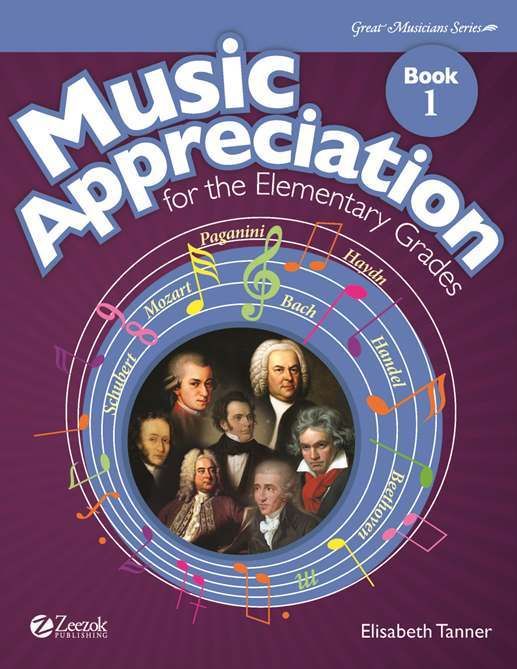
There are directions for creating an accordion timeline using white copy paper. The student activity book houses a conglomeration of historical facts that can be written on the timeline. There were facts about Schubert's life and world history facts covering a time period from 1797 through 1816. Alyssa diligently completed the project and glued it inside her lapbook. She constantly shared interesting factoids with me as I worked nearby. I helped her with the folding.
Music CD's
Five music discs were included in a hardcover case. The collection contains over 150 minutes of professionally recorded musical selections for each composer which correspond with the curriculum activities. There is also an explanatory demo of each orchestra instrument. The track listing can be found in the Student Activity Book. My daughter spends time every day listening to this CD set which I believe is helping her appreciate classical music more.
Lapbook CD
The lapbook CD contains coordinating lapbook templates for each composer. The printables are organized by the name of the composer so you can easily print just what is needed. Lapbook instructions are provided including placement guides which show you where each booklet must be glued.
How We Used the Curriculum
I used Music Appreciation Book 1: for the Elementary Grades with Alyssa (Age 8) on a DAILY basis as her core music curriculum for approximately an hour. The unit studies can be done in any order so you can choose who you want to learn about first.
A
Weekly Lesson Outline offers suggestions and divides the activities to cover each week. These are merely suggestions and as the home educator, you can move things around. Icons represented the type of activities. The asterick (*) indicated activities required to meet standards. We worked through the weekly activities as suggested in the pacing guide. I divided the activities up over the week and she completed several activities each day. We used the curriculum together with time for independent work.
We began our music appreciation study with a focus on
Franz Schubert. Even though Alyssa could have read the biographical book independently, I chose to use the book as a family read aloud. My daughter requested that I read more books to her during the day. I also wanted to be nearby for vocabulary or pronunciation help. Occasionally, we would take turns reading paragraphs. We read aloud
one chapter each week about the composer and observed the detailed black and white illustrations. My daughter and I devoured the historically accurate living book.
I read aloud the
Comprehension Questions to Alyssa
prior to reading the chapter so she'd be able to listen for the pertinent information. Comprehension questions were first discussed verbally. Then, Alyssa responded in written form. She answered the reading comprehension questions in the writing space of the workbook to see if she retained the information. Ample space was provided for written responses.
Character qualities were
discussed verbally as introduced in the study. Examples with referenced text page numbers were given in parentheses. As we studied Schubert, we learned that he exhibited the following character qualities: Keen, Goodwill, Purposeful, Uncomplaining, Ambitious, Confident, Productive, and Imaginative. Alyssa attempted the
eight character challenges offered. I have to say . . . she was very motivated to earn those circular badges so much so that she asked if she could do our dishes. Yes please! Alyssa was encouraged and reminded to model the character traits during and after the study.
There were musical renditions or compositions woven throughout the book which my daughter attempted to play on her keyboard. We chose to listen to the composer's music
every day throughout the unit study rather than on the specific days indicated in the lesson outline. The music appreciation CD's were played as she worked on and completed the accompanying hands-on workbook activities and during other subject work. This helped her become more familiar with and appreciate the composer's style and compositions. I've read that music stimulates brain development and improves scores across all subjects so I had no problem playing the music softly in the background. We also listened to the music in the car when driving to piano, doing chores, and sometimes before bedtime.
She even had the opportunity to create her own music. She cut and pasted notes and other musical symbols on the grand staff. We were studying Harriet Tubman in History at the time so she titled her musical composition, "Runaway Slave."
A Daily Glance at Grouped Weekly Schubert Activities
I tried to stick to a schedule when possible. Certain activities didn't occur every week. Therefore, I glanced at the weekly outline and organized the activities for each day based on how complicated it was or the length of time I thought it would take to complete them. The musical CD tracks 43-63 were listened to
every day. If too many lapbook pieces were scheduled for Thursday, then I moved one to Friday.
Mondays
- Chapter Reading
- Answer Comprehension Questions (Verbal and Written)
Tuesdays
- Character Qualities
- Tidbits of Interest
- Composers Scramble
- Did You Know?
Wednesdays
- Word Search
- Writing Poetry
- Internet Research
- Web Diagram Mapping
 |
Cluster Diagram Found Online
Austria Research |
Thursdays
- Timeline Fan
- Lapbook Components
The lapbook was a hands-on visual representation of all the concepts Alyssa learned. The step-by-step instructions were included in both the student activity book and on the lapbook templates from the CD. I printed out all the lapbook materials for Schubert at the beginning of the study. All the lapbook pieces completed were stored in a manila bradded envelope until assembly day. We took an extra week to wrap-up the lessons and assemble the Schubert lapbook at the
end of the composer study. Later, we added the accordion timeline and additional online mini-book pieces to the lapbook. I researched larger composer images online for the front side of the lapbook, because the one included was too small.
The
Apple Fun lapbook activity seemed more appropriate for children on the younger side of the suggested age range, but Alyssa wanted to do
everything. She alphabetized the apple names, played a memory match game, and researched two types of apples online. She didn't realize that there were so many apple varieties. The apple cards were stored in a snack Ziploc bag in the lapbook.
Additionally, Alyssa learned about orchestra instruments in a fun, engaging way using the "Places, Everyone!" lapbook pieces. She researched the instruments using a recommended website from the Endnotes section. Then, she glued them in the correct place on a numbered lapbook diagram. Many other mini-books templates with informative notes to read were provided. The lapbook activities were simple cut-n-paste activities.
Fridays
The last day of the week, Alyssa completed the musical theory pages. Her favorite one was when she reviewed the musical notes and rests. The book stated the six main types of notes. She had a blast completing the color-coded note identification activity. The
Search and Find activity was a brilliant way to get her to interact with the biography book. Vocabulary terms and definitions were scattered throughout the theory sections too. My daughter LOVED the
Vocabulary Scavenger Book Hunt.
Quiz Time
The Schubert unit study concluded with a 2-page front and back quiz containing multiple choice, fill in the blank, and matching questions. I didn't grade the quiz. It was given to assess her understanding and retention of the material. Answer keys were provided at the back of the
Schubert section for parents to check work. There weren't answers to ALL the workbook activities.
What We Liked
- Well-Written True Biographies
- Timeline Accordion Book
- Addressed Character Qualities
- Appealed to ALL Learning Styles: Auditory, Kinesthetic, and Visual
- Flexible Lesson Planning
- Easy to Use
- Adaptability
- Manageable Suggested Weekly Lesson Outline
- Variety of Cross-Curricular Activities
- Exceeds National Standards for Music Appreciation in the Elementary Grades
Our favorite part of this curriculum were the fascinating biographies. The captivating stories with descriptive language that danced across the pages would be labeled as "twaddle free" living history books. We felt like we jumped back in time and was experiencing everything Schubert did. We BOTH learned a tremendous amount about Schubert.
Our second favorite aspect was the lapbook. Alyssa's couldn't stop talking about her lapbook. She proudly shared it with her music loving uncle who willingly listened to her joyfully explain every part of it . . . and I mean every aspect. My daughter was so excited about the curriculum that she also raved about it to her piano teacher who encouraged her to dig even more deeper in the study.
 |
Flachcards: Musical Notes and Rests
The poetry writing activities were Alyssa's least favorite parts. She didn't like creating the sausage or word tile poems. It was definitely a more challenging activity. However, she did enjoy learning that Franz Schubert successfully expressed the popular poem, The Erlking, to music and his friends paid for it to be published. She also learned about his interests in German Romantic poetry.
|
What's Next?
Alyssa chose Beethoven as her second composer, because she's infatuated with his music especially Fur Elise. Beethoven was also mentioned several times in the Schubert book which sparked an even deeper interest in the composer. Her piano teacher also recommended that she study him, because it was Schubert's idol.
We are on the third chapter when Beethoven realizes he's going deaf and decides to run off away from his friends. Alyssa is thrilled that she'll get to make the Slow-Cooker Porridge using the Recipe Card tomorrow. She make it late at night for Thursday's breakfast. She'll assemble the lapbook before the school year ends.
Overall Thoughts
This is an exceptional music appreciation and theory curriculum. I am impressed and most grateful for its user-friendliness. It definitely enriched and enhanced her learning giving her a more well-rounded education while fostering a love for classical music. This homeschool curriculum truly nurtured Alyssa's love for music every step of the way. She's continuously making meaningful connections to the composers. I really appreciate the thoroughness and completeness of it. It can easily be added into your homeschool day with the flexibility of deciding how much or how little will be done on a daily basis.
Recommendations
Music Appreciation Book 1: for the Elementary Grades from
Zeezok Publishing LLC is the BEST music appreciation curriculum we've ever used! This comprehensive all-in-one curriculum earns my HIGHEST recommendation for ANY homeschool family. Home Educators implementing a Charlotte Mason, Living Books, Classical, Eclectic, or Unit Study approach will appreciate the curriculum. If you prefer using a solid, literature-based curriculum, then this may be the product for your family. Private and public music teachers may also find this hands-on curriculum appealing.
I can't wait for the release of the Music Appreciation Book 2: for the Middle Grades! I hope that they'll offer differentiated lesson plans so that younger children in grades 1st through 4th can use it rather than just children in grades 5th-8th.
Possible Vendor Suggestions
- I prefer a separate teacher answer key. The answers were in the student activity book. It would make it easier for us to work together when discussing her responses.
- I suggest adding larger composer photos with a short bio excerpt for the front of the lapbook.
- I would love it if the lapbook offered both fillable and non-fillable options for the pieces, which would give the parent the choice of having students write their responses or having it already done for them. Children learn more when they write what they learn. However, younger children who don't enjoy writing will appreciate lapbook pieces already filled out.
- My biggest frustration was that the lapbook CD was extremely slow to open and load. My Mac OS X 10.9.5 computer and Internet browser met all of the technological requirements, but it became an issue. I wanted to print just what we needed while we worked through the study. We ended up printing out all the lapbook components for the Schubert study after it finally opened and downloaded the file. I didn't want to waste time later and not be prepared. I suggest opening it and giving it plenty of time to download for printing purposes. My computer froze many times while trying to open the file. These issues only occurred with this particular lapbook CD.
- I would love to see a separate softcover booklet with all the musical selections complied into one place for children who play the piano and have a desire to attempt the compositions. I had to attach the hardcover book on a clipboard for it to stand and stay open while she attempted to play the music on her keyboard. The book was too thick and would slide off.
Price
You can purchase the Music Appreciation Book 1: for the Elementary Grades for $169.99 (Retails for 207.62). Personally, I couldn't afford this curriculum on a single homeschool mom budget which is why reviewing this curriculum was such a BLESSING, but this may be the perfect program for your family and budget expenses. I know if I could afford it, then I would have purchased it when I first heard about it.
Each child will need their own student activity book, because they'll need to tear out a couple pages from the book for specific activities and have a place for written responses. All components including the music CD, lapbook CD, and student book are
complementary and necessary to
fully benefit from the curriculum.
Note: Prices are subject to change without notice.
Social Media
Facebook
Pinterest
Twitter @ZeezokPub
Visit the
Schoolhouse Review Crew Blog to read more reviews about several different composers using the Music Appreciation Book 1: for the Elementary Grades from Zeezok Publishing LLC.











